How to use SPSS
How to Use SPSS is designed with the novice computer user in mind and for people who have no previous experience using SPSS. Each chapter is divided into short sections that describe the statistic being used, important underlying assumptions, and how to interpret the results and express them in a research report.
The book begins with the basics, such as starting SPSS, defining variables, and entering and saving data. It covers all major statistical techniques typically taught in beginning statistics classes, such as descriptive statistics, graphing data, prediction and association, parametric inferential statistics, nonparametric inferential statistics and statistics for test construction.
More than 250 screenshots (including sample output) throughout the book show students exactly what to expect as they follow along using SPSS. The book includes a glossary of statistical terms and practice exercises. A complete set of online resources including video tutorials and output files for students, and PowerPoint slides and test bank questions for instructors, make How to Use SPSS the definitive, field-tested resource for learning SPSS.
New to this edition:
- Fully updated to SPSS 24 and IBM SPSS Statistics Cloud
- New chapter on ANOVA
- New material on inter-rater reliability
- New material on syntax
- Additional coverage of data entry and management
Brian C. Cronk is Professor and Chair, Department of Psychology, Missouri Western State University USA (PhD in Psychology 1993, University of Wisconsin-Milwaukee).
How to Use SPSS
A Step-By-Step Guide to Analysis and Interpretation
Tenth Edition
Brian C. Cronk
Tenth edition published 2018
by Routledge
711 Third Avenue, New York, NY 10017
and by Routledge
2 Park Square, Milton Park, Abingdon, Oxon, OX14 4RN
Routledge is an imprint of the Taylor & Francis Group, an informa business
2018 Taylor & Francis
The right of Brian C. Cronk to be identified as author of this work has been asserted by him in accordance with sections 77 and 78 of the Copyright, Designs and Patents Act 1988.
All rights reserved. No part of this book may be reprinted or reproduced or utilised in any form or by any electronic, mechanical, or other means, now known or hereafter invented, including photocopying and recording, or in any information storage or retrieval system, without permission in writing from the publishers.
Trademark notice :
Product or corporate names may be trademarks or registered trademarks, and are used only for identification and explanation without intent to infringe.
Reprint Courtesy of International Business Machines Corporation, International Business Machines Corporation.
SPSS refers to IBM SPSS Statistics software. SPSS Inc. was acquired by IBM in October, 2009
First edition published by Pyrczak Publishing 1999
Ninth edition published by Pyrczak Publishing 2016
Library of Congress Cataloging-in-Publication Data
Names: Cronk, Brian C. (Brian Christopher), author.
Title: How to use SPSS : a step-by-step guide to analysis and interpretation / Brian C. Cronk.
Description: Tenth edition. | Abingdon, Oxon ; New York, NY : Routledge, 2018.
Identifiers: LCCN 2017025126 | ISBN 9781138308541 (hardback) | ISBN 9781138308534 (pbk.) | ISBN 9781315142999 (ebook)
Subjects: LCSH: Social sciencesStatistical methodsComputer programsHandbooks, manuals, etc. | SPSS for WindowsHandbooks, manuals, etc.
Classification: LCC HA32 .C76 2018 | DDC 005.5/5dc23
LC record available at https://lccn.loc.gov/2017025126
ISBN: 978-1-138-30854-1 (hbk)
ISBN: 978-1-138-30853-4 (pbk)
ISBN: 978-1-315-14299-9 (ebk)
Typeset in Bembo
by Apex CoVantage, LLC
Visit the companion website: www.routledge.com/cw/cronk
Contents
Guide
Introduction
IBM SPSS Statistics software (SPSS) is a statistical package produced by IBM, Inc. Prior to 2009, SPSS was a separate company and produced statistical software under the SPSS and PASW names. IBM SPSS Statistics is designed to perform a wide range of statistical procedures. As with any other powerful program for the computer, there are certain conventions and techniques that must be mastered for efficient use of the software and to obtain consistently correct answers. By providing detailed, step-by-step guidance illustrated with examples, this book will help you attain such mastery.
In addition to showing you how to enter data and obtain results, this book explains how to select appropriate statistics and present the results in a form that is suitable for use in a research report in the social or behavioral sciences. For instance, the section on the independent t test shows how to state (i.e., phrase) the results of both a significant and an insignificant test.
Audience
This book is ideal as a supplement to traditional introductory- and intermediate-level statistics textbooks. It can also be used as a statistics refresher manual in a research methods course. Finally, students can use it as a desk reference guide in a variety of workplace settings after they graduate from college.
SPSS Statistics is an incredibly powerful program, and this text is not intended to be a comprehensive users manual. Instead, the emphasis is on the procedures normally covered in introductory- and intermediate-level courses in statistics and research methods.
Organization
This book is divided into nine chapters plus several useful appendixes. The first two chapters deal with the basic mechanics of using the SPSS program. Each of the remaining chapters focuses on a particular class of statistics.
Each chapter contains several short sections. For the most part, these sections are self-contained. However, students are expected to master the SPSS basics in before attempting to learn the skills presented in the rest of the book. Except for the skills in the first two chapters, this book can be used in a nonlinear manner. Thus, an instructor can assign the first two chapters early in a course and then assign other sections in whatever order is appropriate.
provides a text-based version of the decision tree on the inside front cover.
SPSS Versions
This text is designed to work with  through
through 
There are numerous versions of the SPSS Statistics package. This book was written for use with IBM SPSS Statistics for Windows Version 24.0, although it will work well with all prior versions of SPSS (and PASW) as well as the newer IBM SPSS Statistics Cloud. There are no material differences in terms of the content of this text between Versions 18 or higher of SPSS/PASW (only some minor differences in logos, etc.). Thus, this text is designed for use with all versions since Version 18.
SPSS also offers several modules. The screenshots in this text were taken using a full version of the software (all modules active and installed). Most institutions have at least the Base, Regression, and Advanced modules installed. With these three modules, or if you are using the SPSS Statistics GradPack or Premium Gradpacks , you can conduct all of the analyses in this text. If you are using the SPSS Statistics Base GradPack , some procedures will not be available. When this is the case, the text will clearly indicate that another product is necessary.

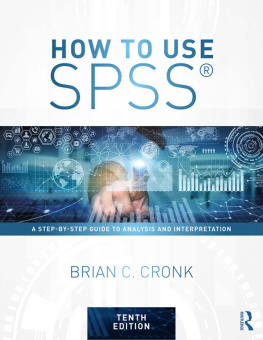
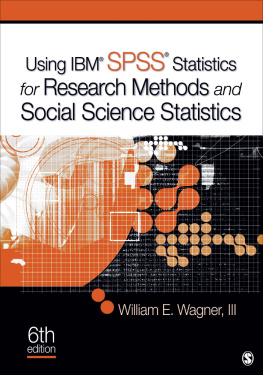
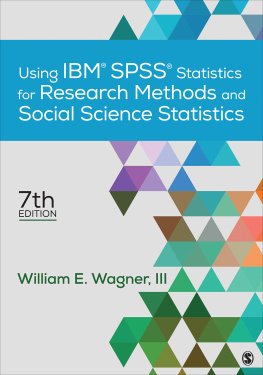
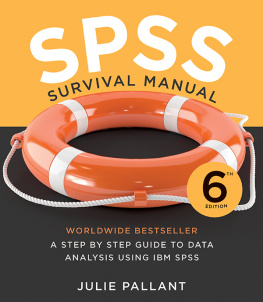
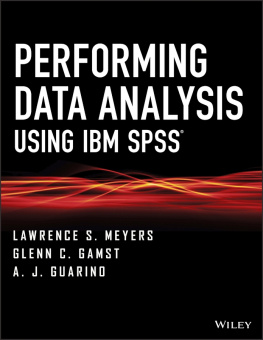
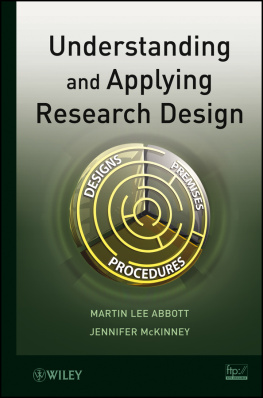
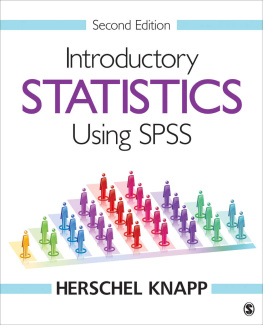
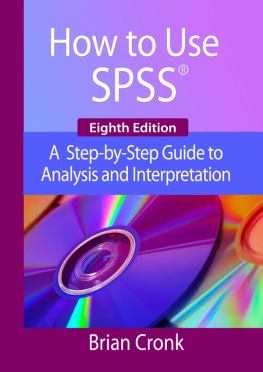

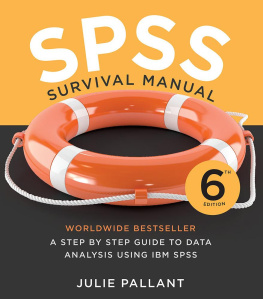

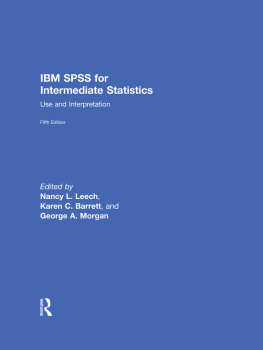



 through
through 